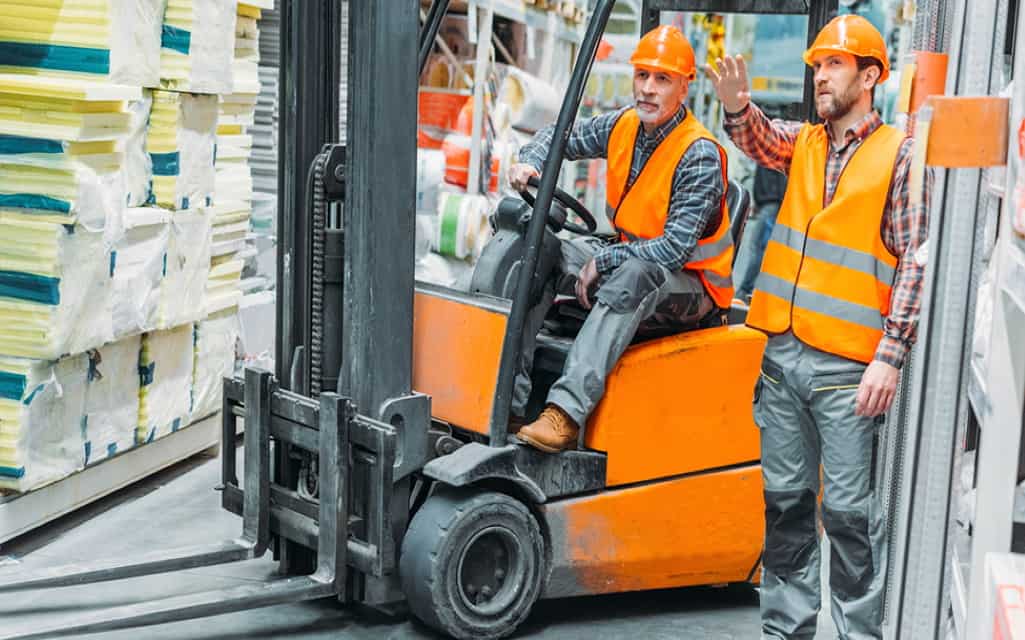With all the benefits of forklifts in warehouses and industries, it also brings with them many hazards that jeopardize both drivers and co-workers.
While they shift heavy, expensive loads and enhance work efficiency, can also lead to severe injuries and fatalities when they are used hazardously.
Here are the top 5 safety rules you must look forward on how to avoid common hazards and operate it efficiently and confidently.
Forklift Training for Safety!
Before you take control of a forklift, ensure that you are trained and certified. It encircles the following requirements:
Employers must have a forklift test training program that incorporates basic principles of safe operation. This training program develops a skill set about different types of vehicles, hazards generated by using forklifts and industrial trucks, and usual safety requirements.
Once you have fulfilled the training, you will gain the aptitude on how to do your job correctly, as illustrated in a workplace evaluation.
Formal and practical training may involve some combination of lecture, software video and training, lecture, demonstrations, written material, and practical exercise.
Employers must assess the operator’s performance and consider the employee competent to operate a powered industrial truck.
Know the Rules of the Machinery!
What are the features that differ a forklift from other types of vehicles?
- It has Open structure; the operator is not entirely enclosed.
- They are of specific weights ranging from 9,000 to 30,000 pounds, among which rough-terrain lift trucks at the heavier side.
- It has a Travel speed of less than 20 mph, nearer to a walking pace.
- Three-point lay off.
- It varies with the models and so the stability.
- They are more prone to tilting over, whether or not it is loaded.
- It has a controlled turning radius for operating in confined spots.
- Keep a clear view and always look in the direction of your path.
- Use rear-view mirrors to increase visibility.
- Use good-quality lights if working in the night, as outdoors or in areas need extra lighting to improve visibility.
Know What to Inspect!
Employers, as well as employees, should work together to make sure it is safe to use before getting after the wheel. You can always opt for a Forklift Rear Post Toronto to protect the forklift driver from injury. It is also advisable to follow these steps below before using a forklift.
- Inspect of all forklifts you are using on a daily basis.
- Examine the oil levels and tires.
- Check if there is any water, radiator or oil leaks.
- Make sure forks are not cracked and straight.
- Check the lights, brakes, the horn, and the steering wheel.
- Check for obstacles like uneven surfaces, overhead obstructions, and other potential hazards.
Evaluate the Common Hazards!
Here’s a quick summary of a few usual threats associated with forklifts.
- Improper loads may fall, hurting drivers and pedestrians.
- Forklifts may tip over because of imbalanced loads or excessive speed.
- Do not stand on the forks; it can lead to falls.
- Watch for pedestrians; it can lead to collisions and fatalities if you don’t.
- Missing or inadequate floor marking may result in accidents between forklifts and workers.
Execute Solutions for Forklift Safety!
Many of the threats posed by forklifts can be reduced with custom signage such as printed floors, speed limit signs, and understandable visual communication such as maintenance labels, marking tape, safety reminders, and more.
Conclusion
When loading a forklift, drivers should be objectively in front of the placement destination. Ensure that the area is stable and flat, and do not put massive loads on light-weighted loads. Lower the forks when you are placing the load, and then move the forklift backwards. Ensure the weight is stable, always!



